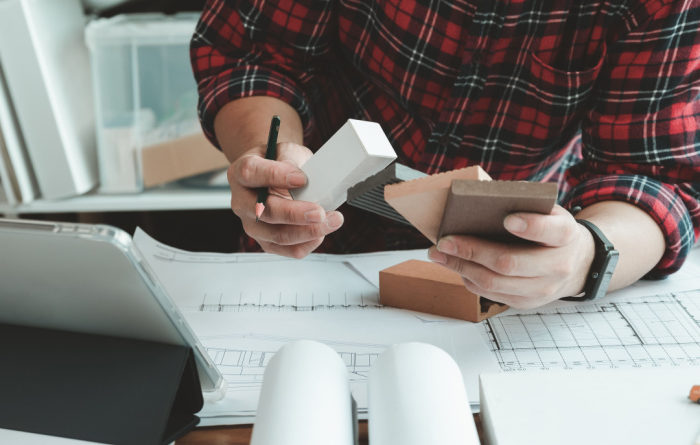How Do Roofers Avoid Falling?

Roofers employ several safety measures to avoid falling while working at heights. Working on a roof can be hazardous, but professional roofers are trained and equipped to minimize risks. Read some safety practices that roofers use to prevent falls:
- Safety Harnesses & Fall Arrest Systems: Roofers wear safety harnesses that are attached to secure anchor points on the roof or other structural elements. These harnesses are part of a fall arrest system designed to stop a fall if it occurs.
- Guardrails & Safety Nets: In some cases, roofers may install temporary guardrails around the roof’s edges to prevent accidental falls. Safety nets may also be used to catch workers in case of a fall.
- Roof Brackets & Toe Boards: Roof brackets, also known as roof jacks, provide a stable platform for roofers to work on. Toe boards are installed around the roof’s edges to help prevent tools and materials from sliding off and create a barrier.
- Proper Footwear: Roofers wear non-slip and sturdy footwear with good traction to prevent slipping on the roof’s surface.
- Ladders & Scaffoldings: Roofers use sturdy ladders or scaffoldings to access the roof safely. The ladder or scaffolding should be properly secured to prevent accidents.
- Weather Considerations: Roofers avoid working on wet or icy roofs, as these conditions can increase the risk of slipping and falling.
- Awareness & Training: Roofers undergo safety training to understand potential hazards and how to work safely at heights. They are trained to be aware of their surroundings and to recognize and avoid risky situations.
- Use of Personal Protective Equipment (PPE): Roofers wear appropriate PPE, such as helmets, gloves, and eye protection, to protect themselves from potential hazards.
- Buddy System: Some roofers work in pairs or teams, using the buddy system to watch out for each other’s safety.
- Regular Roof Inspections: Before starting any work, roofers thoroughly inspect the roof to identify potential hazards and plan their approach accordingly.
- Clear Work Area: Roofers keep the area clear of debris and unnecessary equipment to minimize tripping hazards.
It’s important to note that each roofing project may have unique safety requirements based on the type of roof, its slope, and other factors. Safety is a top priority for professional roofers, and they follow strict guidelines and regulations to ensure their well-being while working at heights.





Leave a Comment